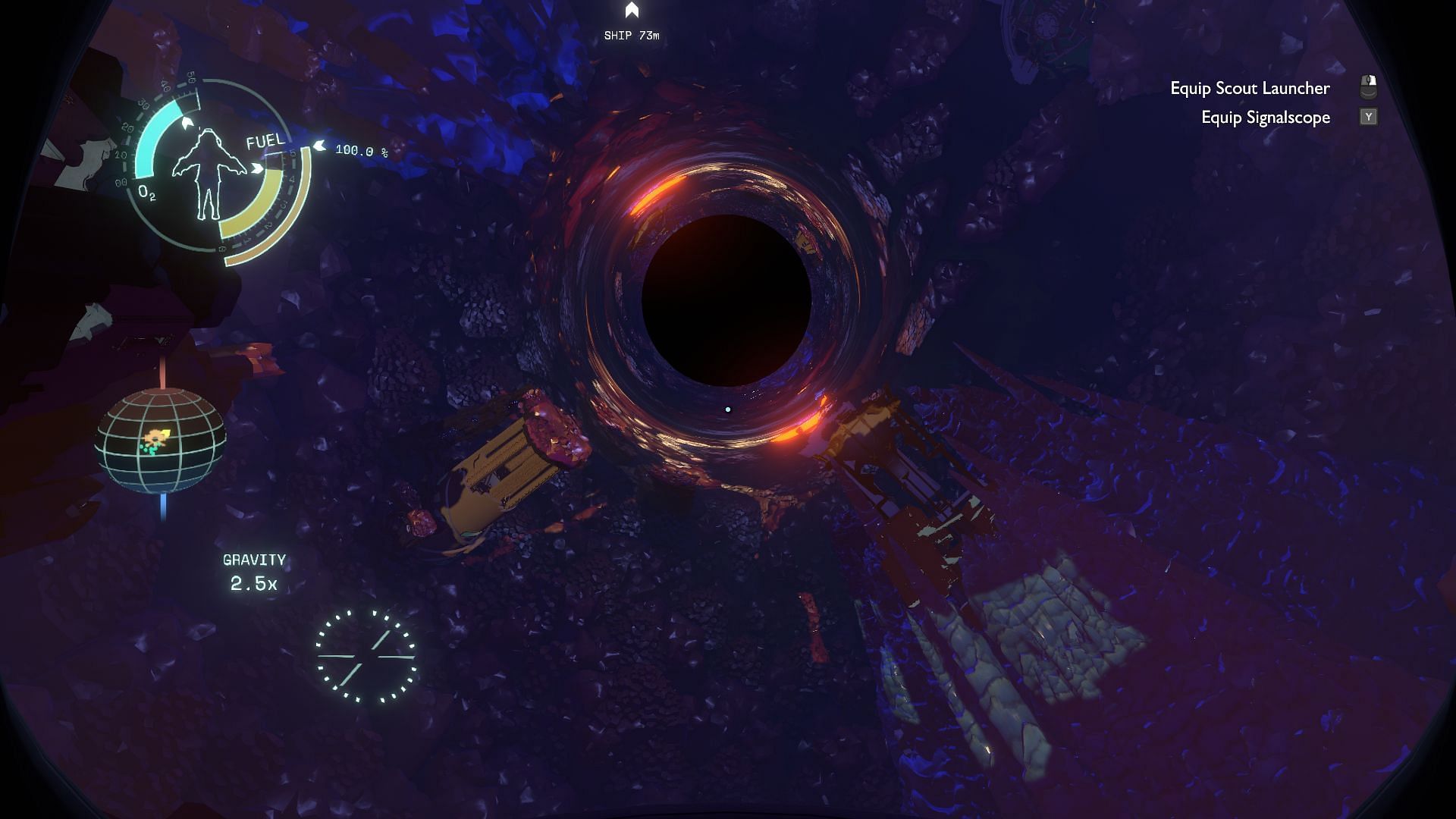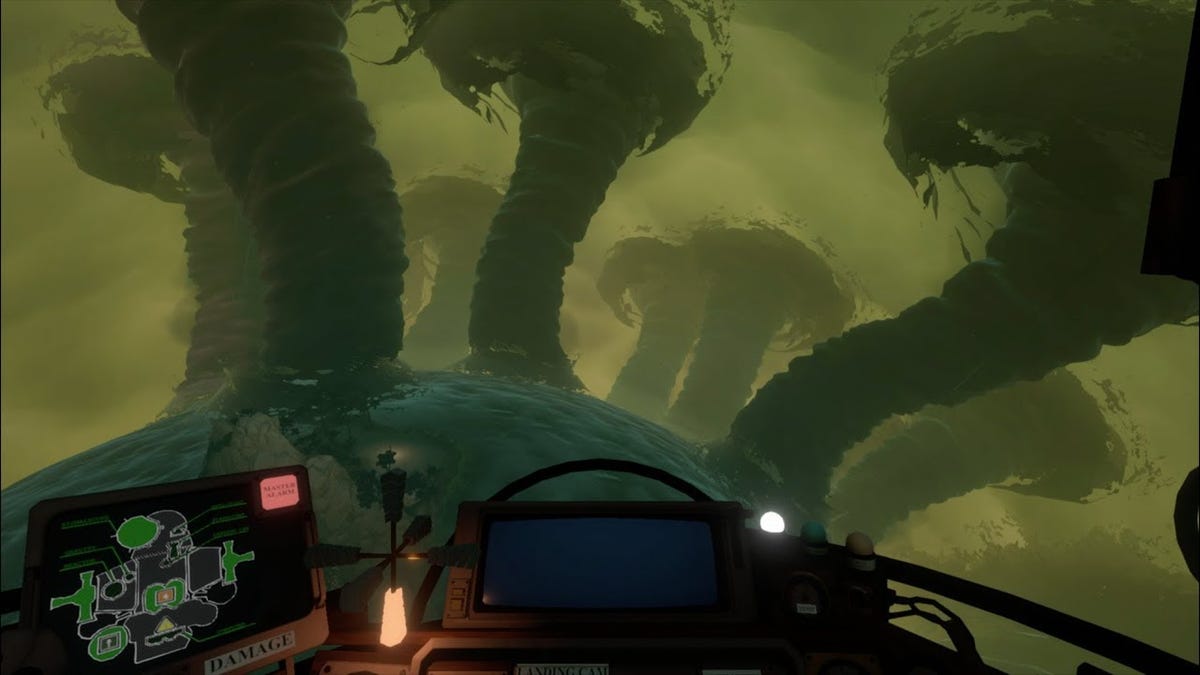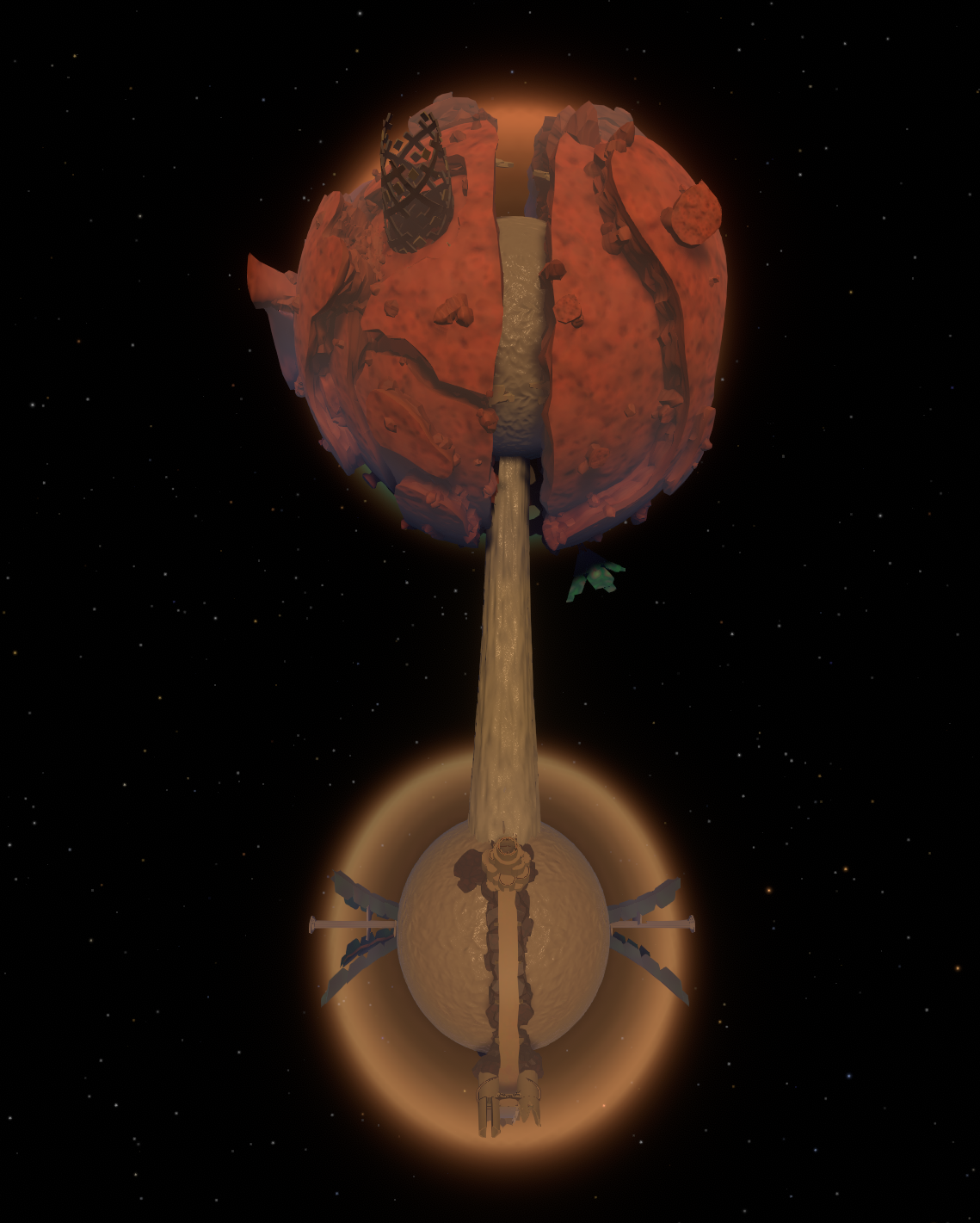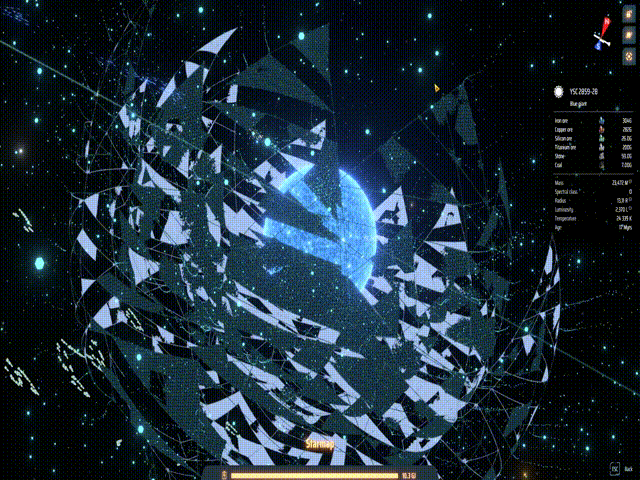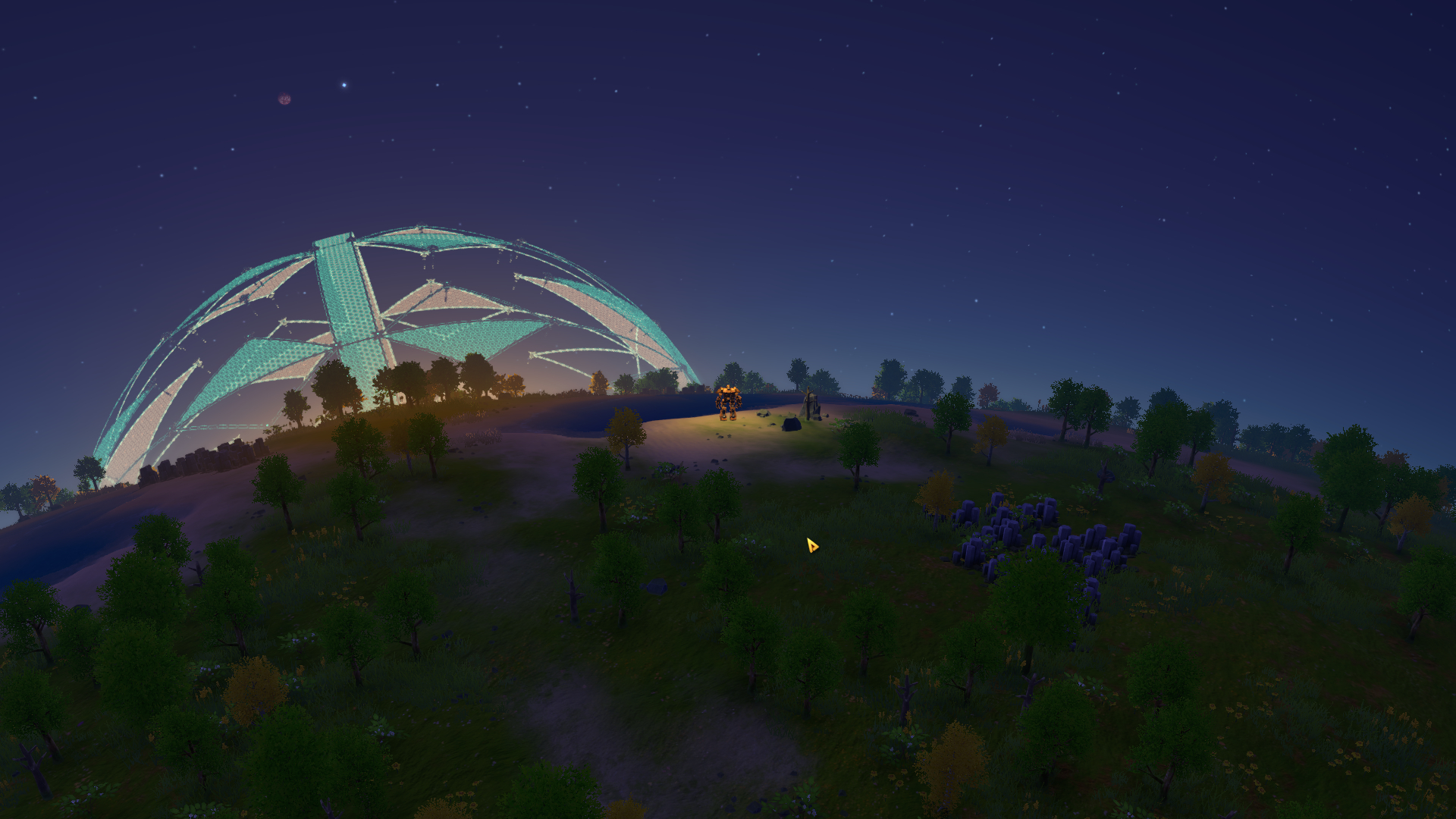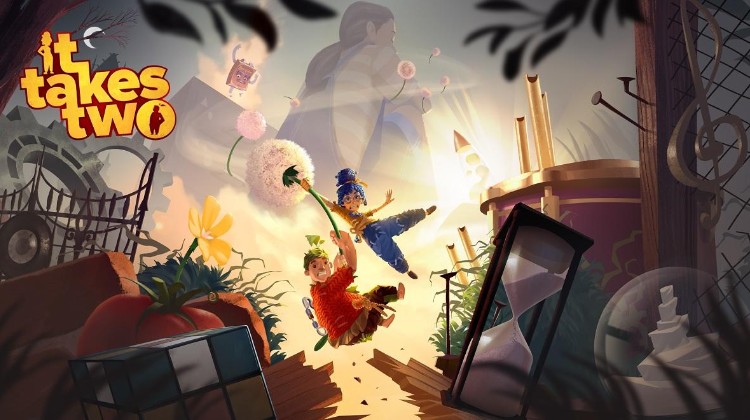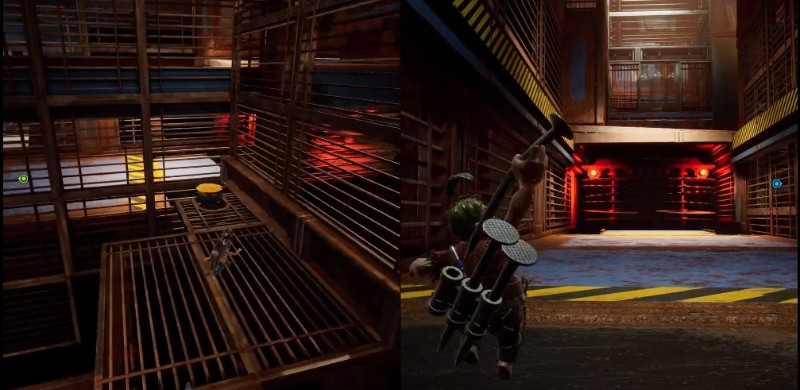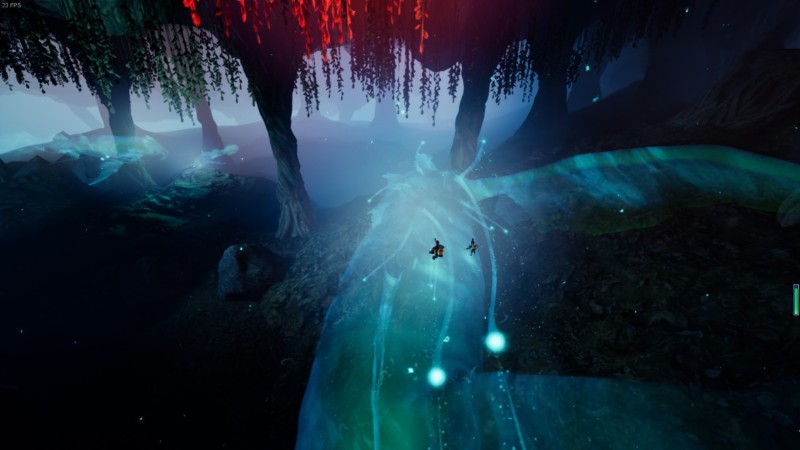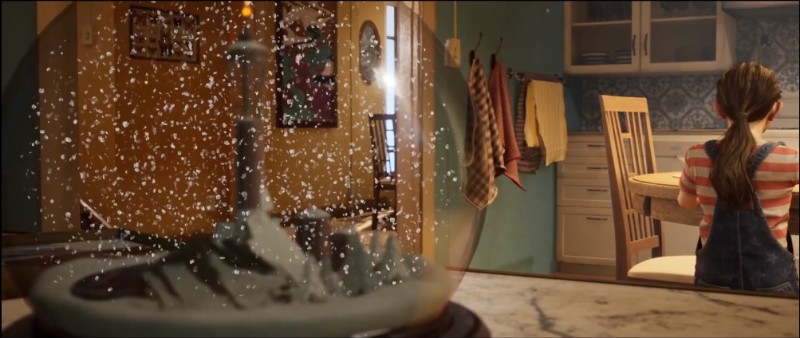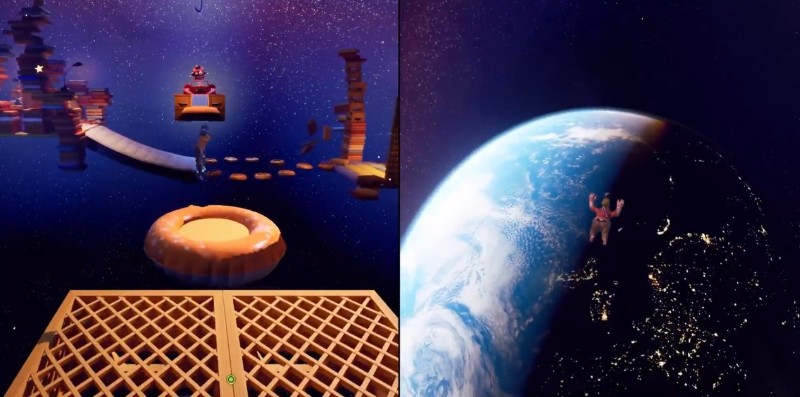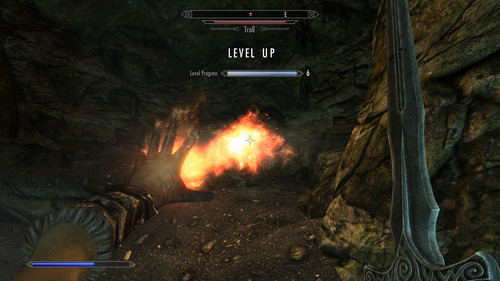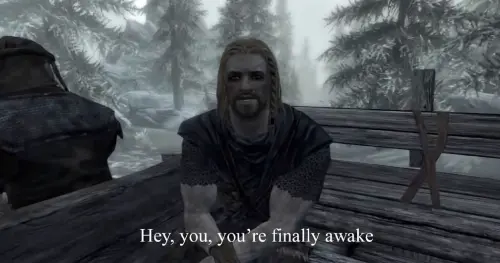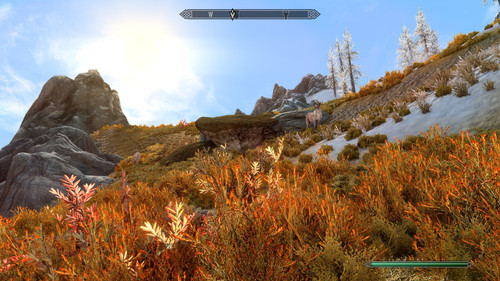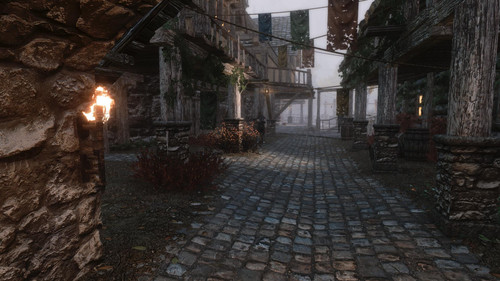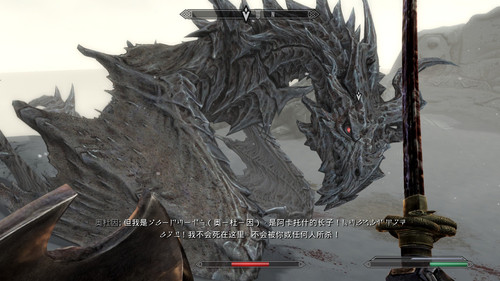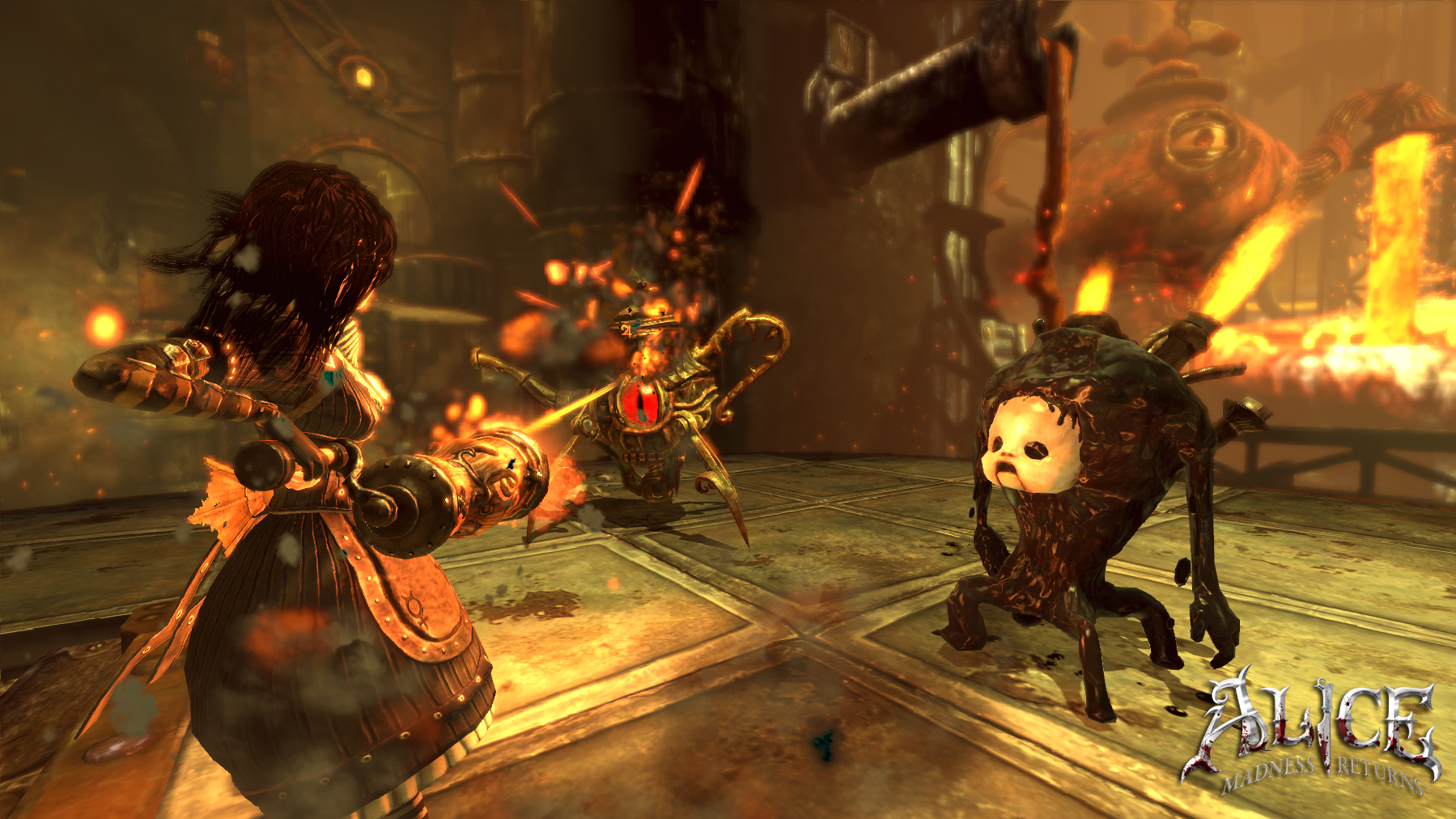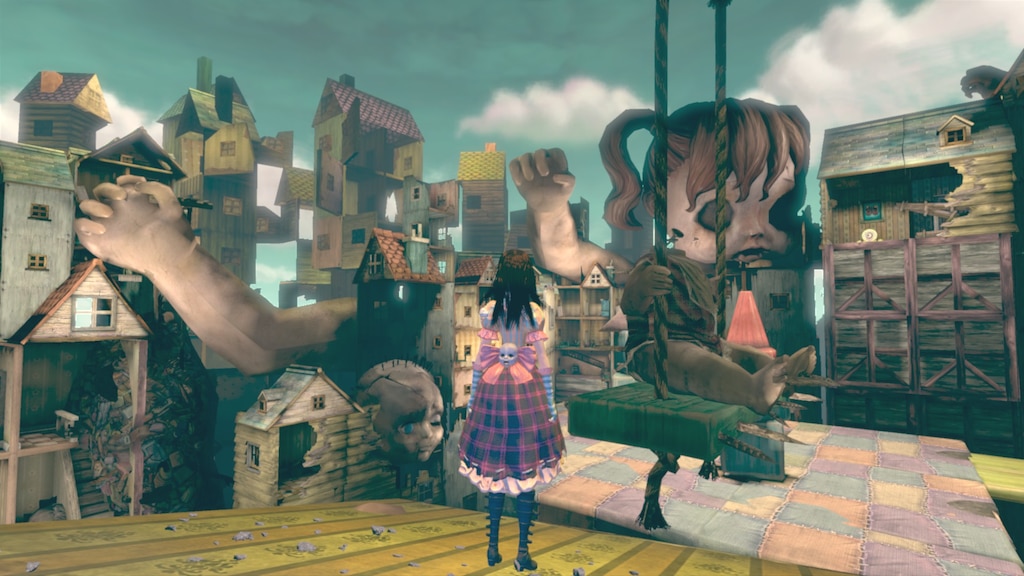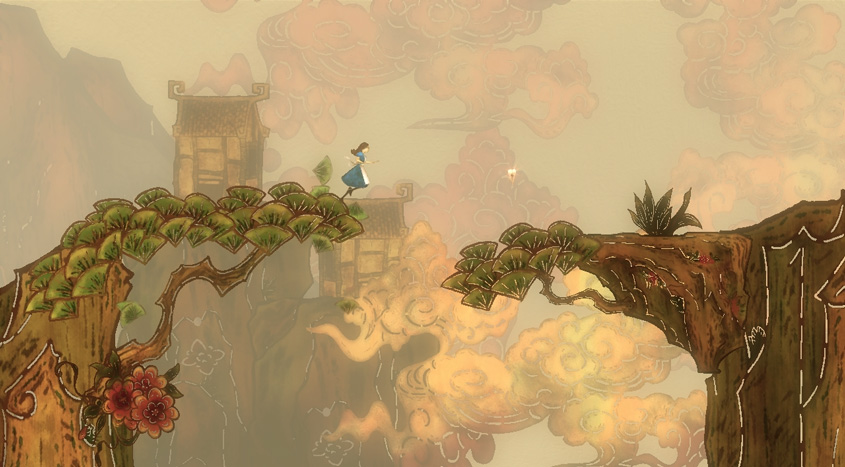
Persona 5 Royal is a game developed by P-Studio and published by Atlus. This post will analyse it through Schell’s Elemental Tetrad and a few Game Design Lenses.
Lens of Essential Experience
Persona 5 Royal is a single-player Role-Playing Game which integrates aspects of both a 3d dungeon crawler with turned-based combat and a social simulator/visual novel, with players alternating between the two as the game and story progresses.
Gameplay is divided into in-game days as the story progresses with a calendar system over one school year, and players make decisions on how to spend their time each day, be it to progress their social relations or dungeon exploration.
Elemental Tetrad
Story
Players take the role of a Japanese high school student, who along with other peers he meets along the game’s campaign, has been wronged by individuals in positions of power.
With the discovery of a psychic world known as the Metaverse, the group of teens team up and support one another a double-life – one of ordinary students looking to make it through the academic year, and the other as a band of rebel vigilantes known seeking to reform society by performing heists within the minds of corrupt individuals.
Aesthetics

Persona 5 Royal‘s characters and world are presented with an anime-inspired art style, not uncommon in the RPG genre. Where it stands out, however, is in its UI presentation. The striking colour combination of red, black, and white, the irregularly-sized text, as well as unconventional, non-orthogonal angles and shapes that make up every aspect of the user interface, including the dialogue boxes, combat and pause menus, all evoke a punk-like aesthetic, complementing and accentuating the story themes of teen rebellion.
Mechanics
Just as the main characters live 2 different lives in the story, the game’s mechanics are divided into 2 distinct, yet interconnected portions.

In one half, players manage their avatar’s daily student life and social relations with others by spending time with them and choosing between dialogue options in their conversations, with some rewarding the player with more progress points, similar to visual novels.

In the other half, players explore 3d dungeon environments and battle enemies in turn-based combat, in which players attack with weapons such as knives and guns, as well as the titular Personas, beings that characters summon to perform magical attacks.
The two halves are linked in the fact that progress in one aspect brings benefits for the other. For instance, building a relationship with a character in the social sim allows for greater combat strength in the dungeon crawler, and defeating certain enemies in the dungeon crawler could unlock progression in the social sim.
Technology
Due to the game’s stylised anime art style, it is less resource intensive than more photorealistic-looking games, and is able to run smoothly on a variety of systems, including Nintendo Switch.
Lens of Problem Solving
While game progression occurs regardless of most of the player’s choices in the social sim aspect of the game, there is a clear win-lose condition when it comes to the turn-based combat element of the game, and it is hence one of the key problems placed before players to solve.
During combat, players make decisions on attacking, using healing or assistive items, as well as which attack or item to use. Enemies have unique affinities to different attack types. For instance, if an enemy is vulnerable to fire-based attacks, it would take more damage from them and be left disabled, giving the player another turn to attack.

Beyond this basic level of weaknesses and strengths, status effects such as buffs and ailments, as well as interactions involving these effects, add an additional layer of complexity and choice to the player.
The key problem players have to solve, then, would be figuring out which types combination of attacks would be most effective against different enemies.

In my experience, however, the game offers no hints as to discerning the affinities and weaknesses of when encountering new enemy types, and the problem-solving would always involve nothing more than trial-and-error as I blindly threw out attacks of different types, essentially brute forcing until I discovered what attack type an enemy is weak to. This aspect of the problem-solving would hence feel rather stale after I progressed through a few hours of the game.
Lens of Meaningful Choices

While the main plot of the game is linear and fixed, players have a level of decision-making that changes certain aspects of the game, namely choosing what to do with the time spent during Social Sim portion.
During any particular day, a player may choose between:
- Activities that increase stats for social sim half (charm, guts, knowledge, kindness, proficiency), that unlocks more social interactions
- Activities that increase perks in the dungeon crawling/combat half (darts throwing, hp increase)
- Activities to build relationships with other characters, which may also provide the aforementioned benefits at times
- Entering the dungeon-crawling aspect of the game to complete side quests, gain levels or progress the main story
As the entire game takes place during and ends after a fixed number of in-game days, each decision made regarding time spent comes as an opportunity cost of other potential activities done.
The end result of this opportunity cost and the potential rewards behind each choice is that each of the numerous decisions made over the course of the game’s calendar year feel meaningful and important.
Lens of Character Transformation
As a story-driven title, P5R’s main cast of characters, as well as its secondary cast that the player interacts with each undergo a level of character transformation, rewarding the player with a sense of satisfaction.
This occurs over the course of the main plot, which all players will experience, but also during optional side content known as Confidants as players choose to spend time with various characters during the social simulator part of the game.
Confidants are individual stories the players experience in segments over the course of the game’s social system, in which players interact with and watch characters overcome a personal challenge and grow. Stories can be rather emotionally compelling as the characters involved develop.
That said, sometimes the character transformation that players work for are not as clearly communicated as they could be. For the main playable cast, much of the transformation to their characters occur during the single story arc in which they are introduced, and mostly involve them standing up for themselves as victims abuse by those in power over them. However, since the transformation that occurs during their respective Confidants are optional and parallel to the main plot, developments from them are often not communicated or reflected during story moments.
Conclusion
Overall, in spite of a few shortcomings in maximising its potential under a few lenses, Persona 5 Royal provided me with a unique, enjoyable experience through its characteristic flavour of aesthetics, story, and gameplay integration, leaving it with a memorable identity among many other titles of its genre.



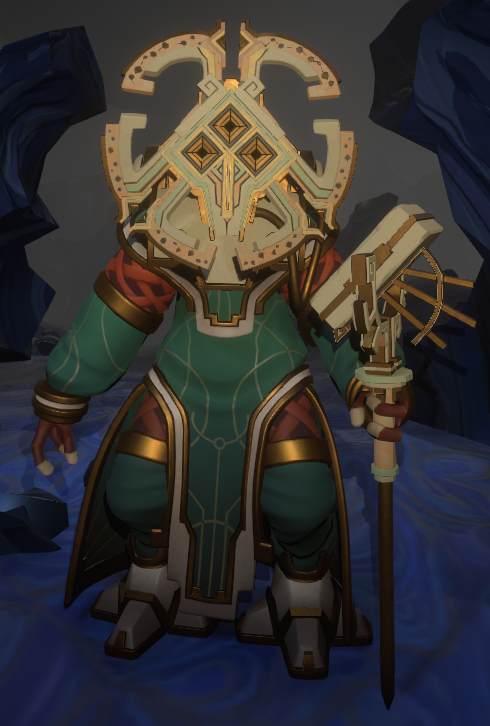
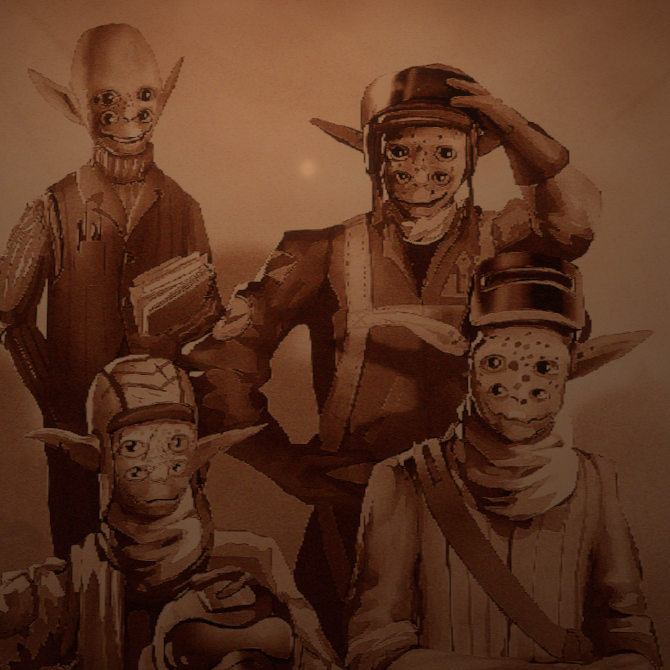

:no_upscale()/cdn.vox-cdn.com/uploads/chorus_asset/file/18321987/Outer_Wilds_The_Attlerock__0000_Layer_8.jpg)

